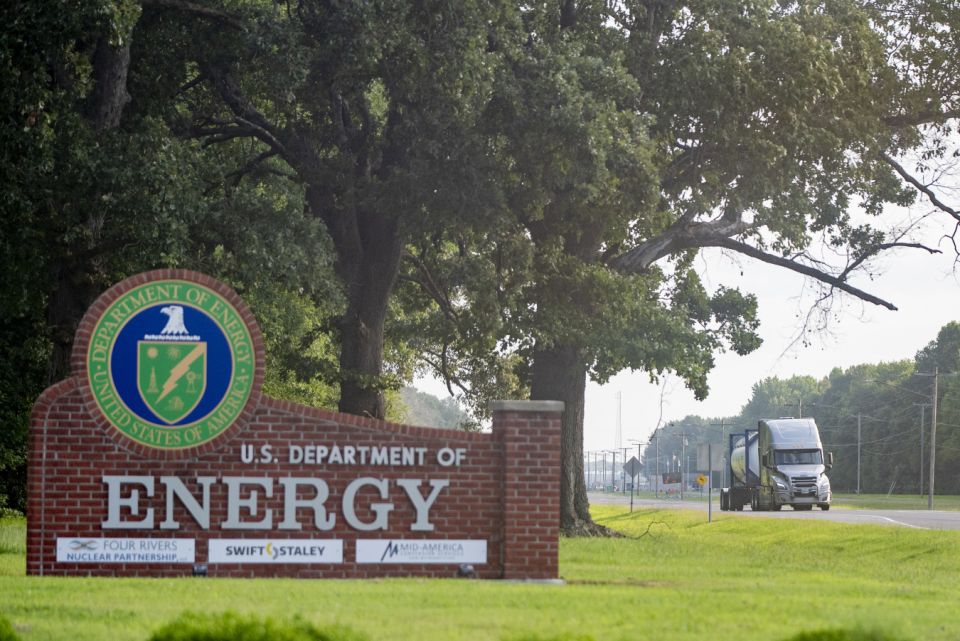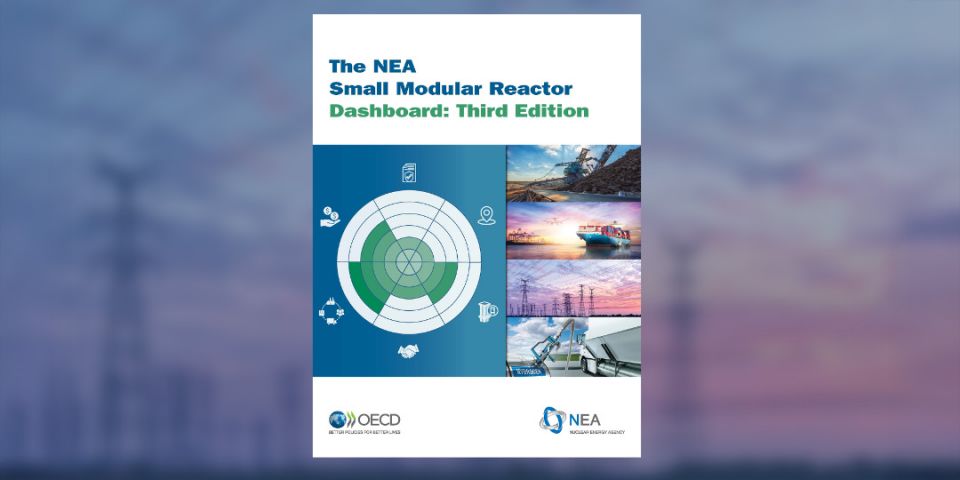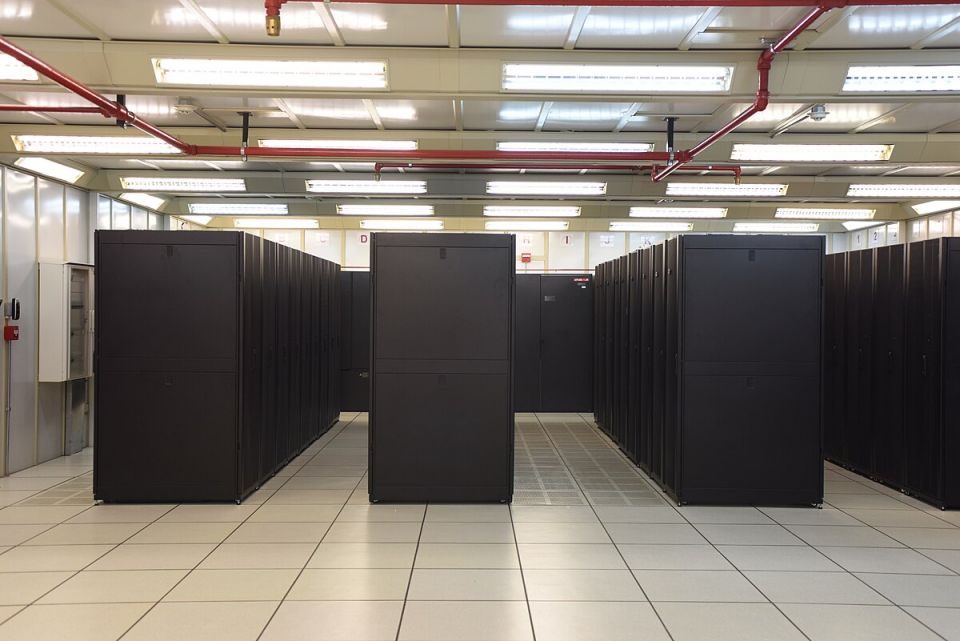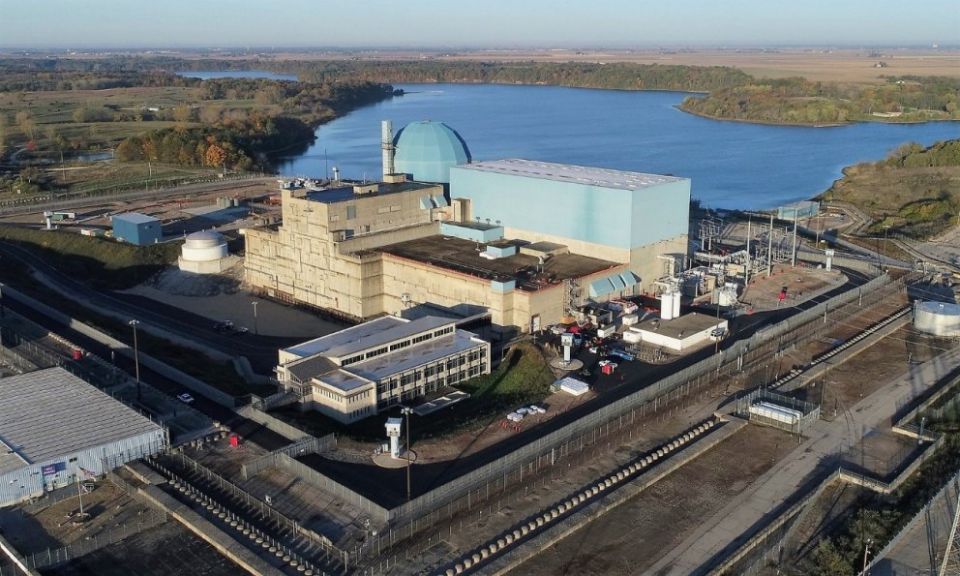Nuclear vs. renewables: The paper discusses the high energy consumption of data centers and the interest of center operators in reducing their carbon footprint. To address carbon concerns, some data centers are examining renewable energy sources (mainly wind and solar), efficient cooling technologies, and adaptations to sustainability regulations.
The authors argue that programs designed to drive the adoption of renewables fall short of closing the gap between demand and availability. By contrast, “nuclear can fill the gap.”
New interest in nuclear: “Evolving nuclear technology has attracted the attention of the data center sector as a low-emission and reliable energy source,” the paper says, describing the growing interest the sector has in advanced nuclear technologies. It notes that countries are expanding their capabilities with new nuclear builds, bringing previously shuttered reactors back on line, and working to develop nuclear fusion technology.
Technological advantages: The advantages of nuclear technologies for data centers are at the forefront of the paper, with the authors noting that SMRs “provide secure power, matching supply with demand and reducing downtime of data centers. Further improvement is expected with implementation of AI technologies that solve complex operational challenges and mitigate regulatory struggles..”
Environmental advantages: Also discussed are the environmental advantages of SMRs, including the fact that the physical footprint of nuclear technology is low, with the amount of land required to generate similar amount of power “shrunken in the extreme: 360 times less than wind and 75 times less than solar.” In addition, water use in an SMR “is around 60 L/MWh, which is far lower than the requirements for a large concentrated solar power plant or traditional nuclear plant, both reporting above 3000 L/MWh.”
Waste and safety: Public concerns about nuclear waste, radioactivity, and safety are not dismissed by the paper. The authors offer suggestions on addressing those concerns, noting that “fears of nuclear energy oftentimes go beyond spent fuel waste and radioactive material disposal. Operational risk mitigation for nuclear technologies is crucial for wider acceptance of this technology.”









